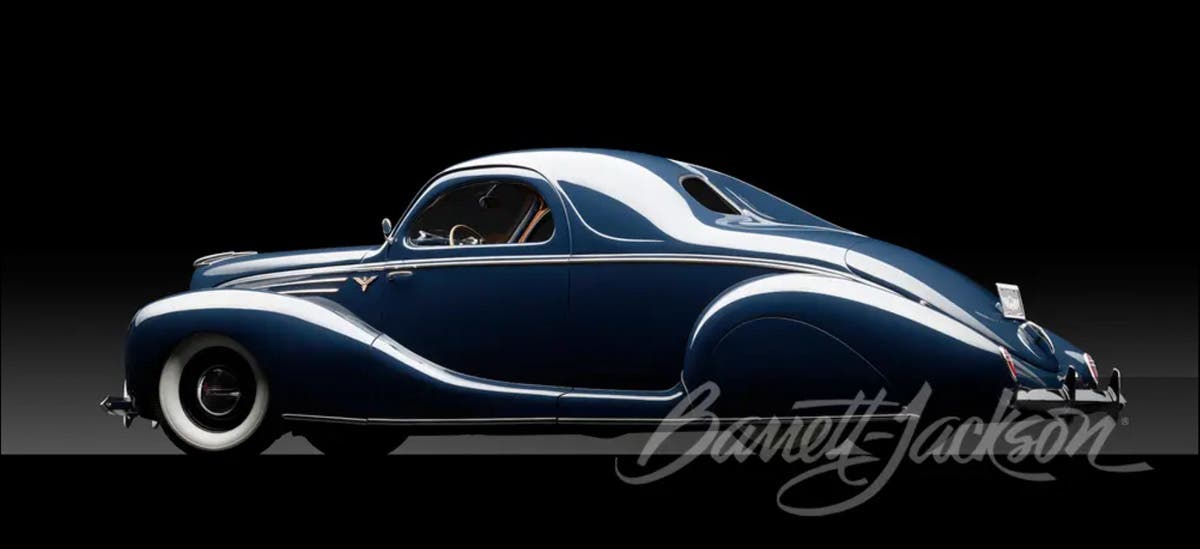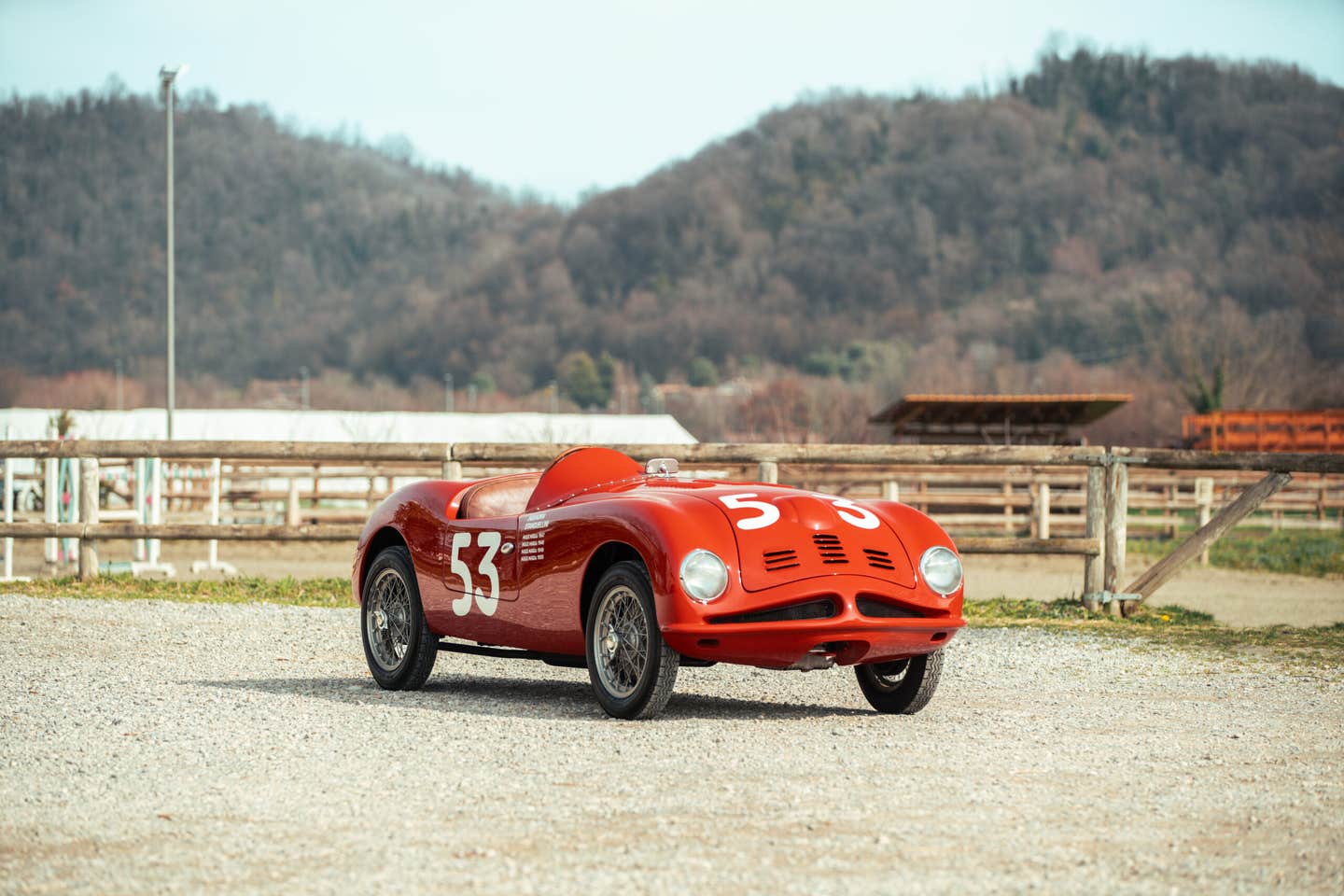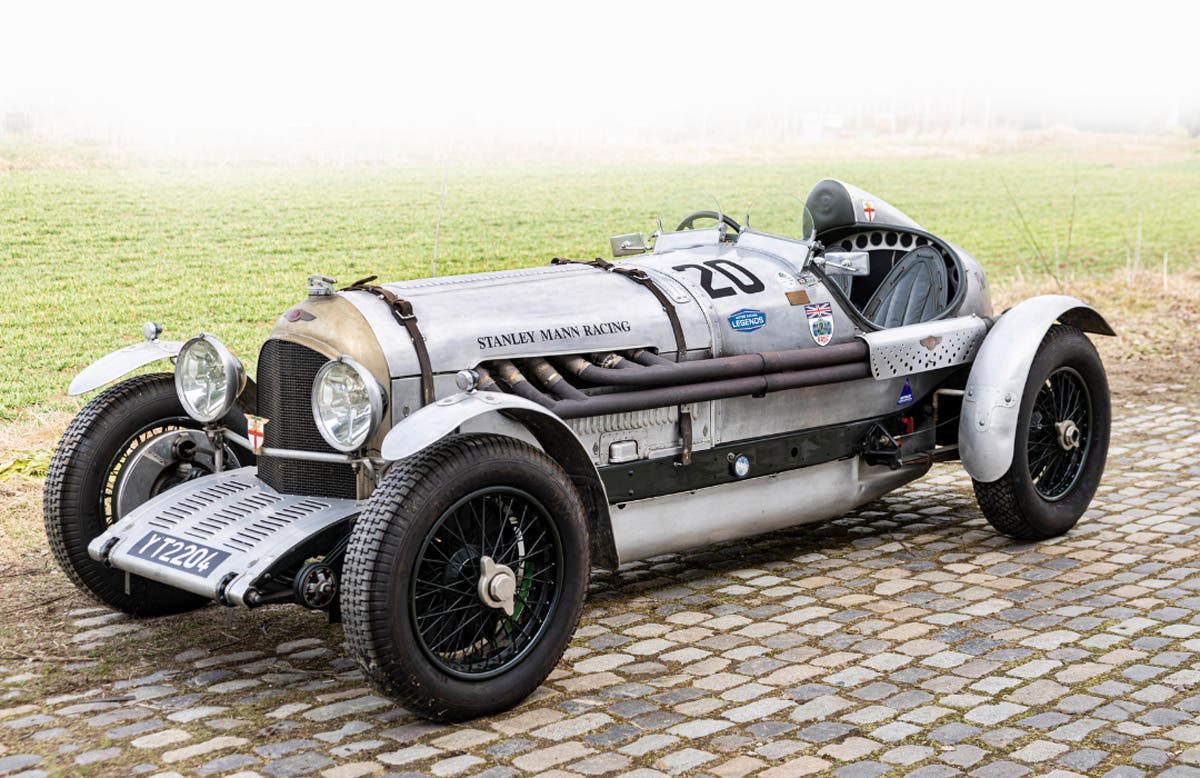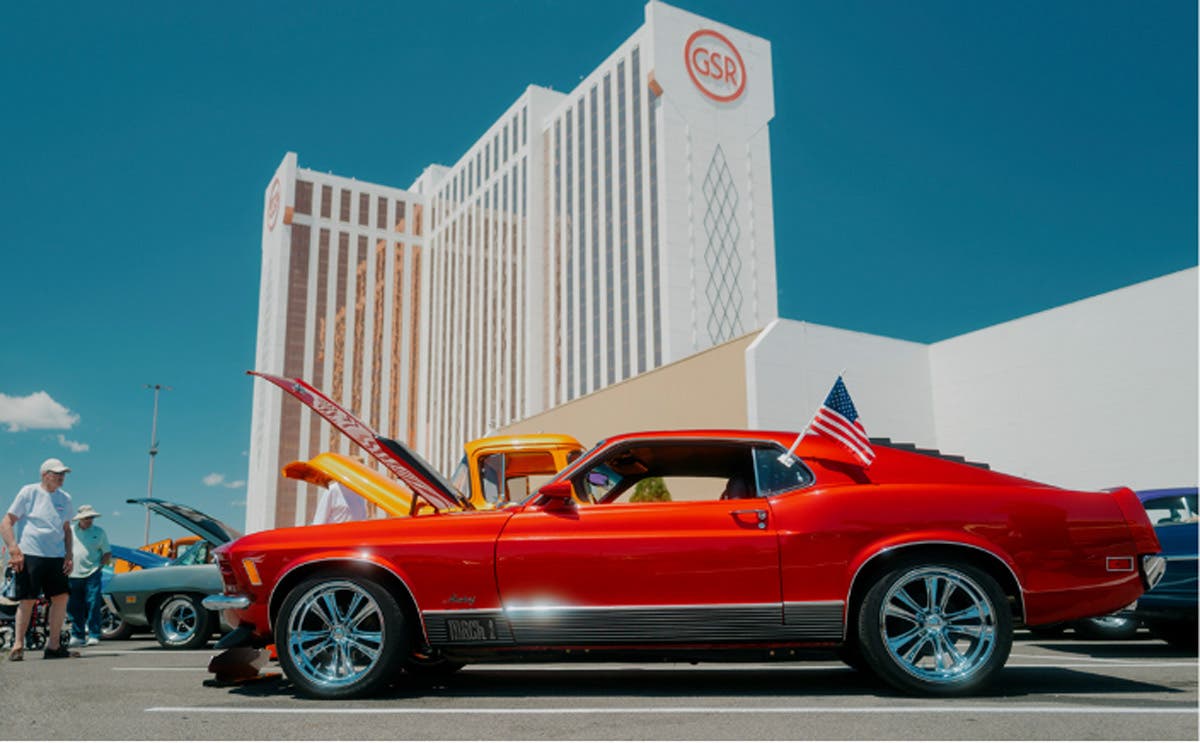Electric car pioneer Bob Beaumont dies
Bob Beaumont, who built and championed the first mass-produced electric vehicle in the United States back in the 1970s, died Oct. 24 at his home in Columbia, Md., at the age of 79.
Bob Beaumont, who built and championed the first mass-produced electric vehicle in the United States back in the 1970s, died Oct. 24 at his home in Columbia, Md., at the age of 79.
Beaumont, inspired by the battery-powered lunar rover that traveled the moon as part of the Apollo space missions, made his mark in automaking history by starting up the Sebring-Vanguard company and building the tiny CitiCar — the funky trapezoid-shaped vehicle that broke new ground for green travel. The company sold more than 2,000 of the microcars before the venture finally lost steam in the late ‘70s.
Beaumont had been running a Chrysler dealership in upstate New York before deciding to follow his dream of producing an affordable electric car for the masses. He wound up selling the dealership and opening his CitiCar venture in Sebring, Fla. After the company folded, Beaumont moved to Maryland and owned a used car business while still championing electric cars. He designed a more advanced electric vehicle, called the Tropica, but the effort to market the vehicle stalled and only 25 were built.
About 2,200 of the original CitiCars were built, and they remain interesting collector vehicles with a small, devoted following. The original Coupè, dubbed the SV-36, was a tiny vehicle with a 2.5-hp motor and 36-volt battery pack. It had a flat roof and flat back and sloping, diagonal front. The SV-36 was followed by the SV-48, which carried a 3.5-hp and 48-volt battery system that helped the car keep up better with everyday traffic. A third version came later and featured a 6-hp motor and slightly different body.
Commuter Vehicles, Inc. eventually purchased the design rights to the CitiCar and renamed it the Comuta-Car. The beefier Comuta-Cars featured a slightly longer body with the batteries moved from under the seat to the bumper. Two bigger vehicles followed — the Citi-Van and Comuta-Van — that featured more cargo room.
Beaumont’s electric vehicles (aka “EVs”) were all built using ABS plastic bodies and welded aluminum frames. They had leaf springs underneath and rode on solid axles. The early SV-36 had a top speed of less than 30 mph, but later vehicles could get up to about 40 mph with a range of about 50 miles between charges.
The CitiCar was hurt by doubts and questions regarding its capabilities and safety. Consumer Reports magazine criticized the vehicles as being “foolhardy to drive.”
Now, nearly four decades after Beaumont’s EVs debuted, he is being hailed as a trailblazer for highly publicized new electric vehicles such as the Chevy Volt and Nissan Leaf.
“Actually, he was amazed people are still driving the car, but wasn’t that surprised that the cars are still lasting out there,” said Peter Cristitello, an EV owner and historian who befriended Beaumont in recent years. “He was always looking ahead … He always believed everybody should have an electric car in their driveway. He wanted to be the Henry Ford of the electric car industry, and I believe if he had had a few better breaks he might have made it.”
Cristitello has started a registry to track the remaining early CitiCars and estimates there are between 300 and 400 still on the road. Two years ago, a group of CitiCar owners traveled to Beaumont’s home to surprise him with a weekend dedicated to his electric cars. “I sort of brought the mountain to Muhammad,” Cristitello joked. “I brought a number of owners there with their vehicles. We had a weekend get-together and had a number of seminars about the vehicles and one of the things we did when we got there was we had a parade of vehicles over to Bob’s house. Most of his family members knew about it, but they kept it a secret … He was very surprised to see a bunch of his vehicles driving into his driveway."








